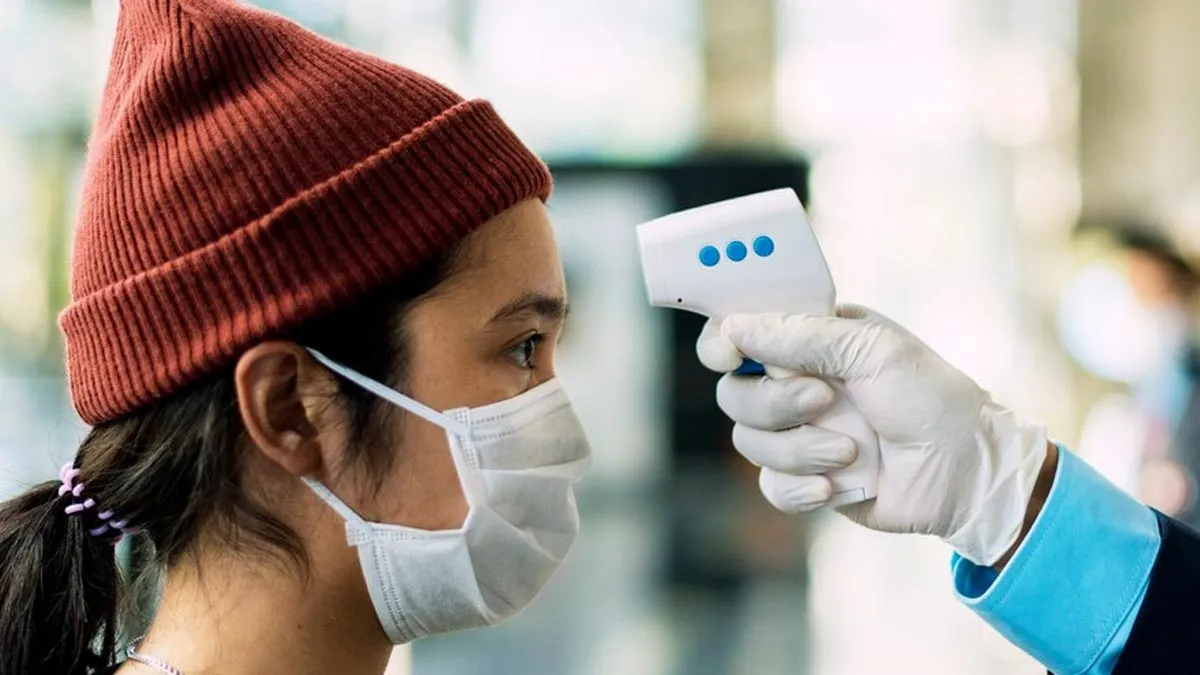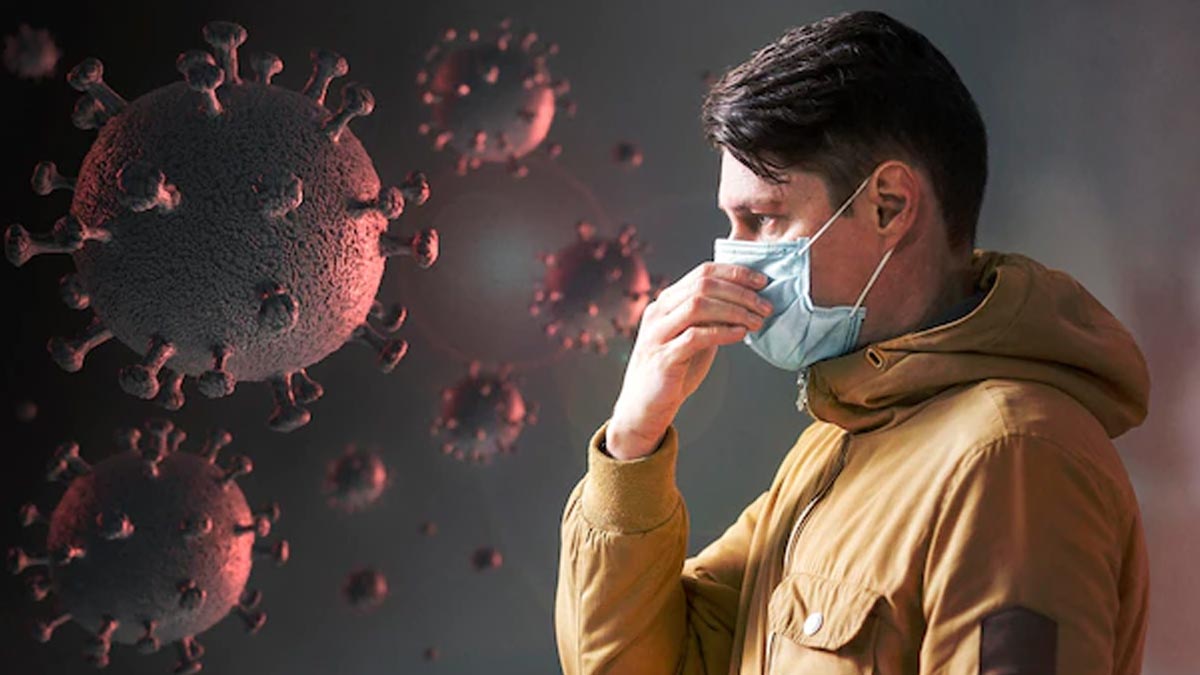
A fresh, contagious variant of COVID-19, known as NB.1.8.1, has been attributed to a recent upsurge in hospitalisations in China, and has already appeared in the United States. Although Chinese officials have minimised its severity, US health officials are exercising caution in light of its reported "growth advantage" and fast spread elsewhere in Asia.
Table of Content:-
Arrival in the US: Where and When?
As reported by the Centres for Disease Control and Prevention (CDC), NB.1.8.1 first appeared in the US in late March to early April in international travellers who arrived in airports in California, Washington State, Virginia, and New York. Since then, further cases have been detected in Ohio, Rhode Island, and Hawaii, including in New York City. Although, as of yet, the number of confirmed cases in the US is low, its presence is something that should be noted.
Understanding NB.1.8.1: Transmissibility and Symptoms
The most pressing issue with NB. 1.8.1 is its increased transmissibility. According to experts, this variant seems to have a "growth advantage," i.e., it will spread more effectively than earlier strains. This increased infectivity is one primary reason it has quickly come to dominate China and other parts of Asia. Better still, the symptoms for NB.1.8.1 resemble those of previous COVID-19 variants, such as:
- Cough
- Sore throat
- Fever
- Fatigue
Also Read: COVID Vaccine No Longer Advised For Healthy Kids And Pregnant Women, Says RFK Jr

Why the Caution?
Even with assurances from Chinese officials regarding the severity of the variant, medical professionals in the US remain cautious, mainly because of the real-world effects witnessed in Asia.
In Hong Kong, health authorities reported a dramatic spike in hospitalisations and emergency admissions due to COVID over the last month, with the worst-affected being the elderly. Hong Kong had 81 serious cases and 30 deaths associated with the variant in the previous four weeks, with most of them being those over the age of 65, according to a report in the New York Post.
Mainland China has similarly experienced an alarming trend, with the proportion of emergency room patients who tested positive for COVID more than doubling in recent weeks, accompanied by an increase in hospitalisations. This Asian data highlights the possibility that NB.1.8.1 can put more pressure on health care systems, even though individual cases are not necessarily more severe.
What Does This Mean for You?
The outbreak of NB.1.8.1 in the US is a reminder that COVID-19 remains changing and spreading. Although the matter is closely watched, there is a need to stay alert and take measures proactively to ensure your health and the health of those around you.

Precautions for Safety
- Be Informed: Monitor developments from the CDC and your local health department for the spread of NB.1.8.1 and fresh guidelines.
- Practice Good Hygiene: Keep up the handwashing after exposure to public places.
- Consider Vaccination and Boosters: Getting your COVID-19 vaccinations and boosters up to date continues to be a strong safeguard against severe disease.
- Watch for Symptoms: If you have symptoms typical of COVID-19, be tested and isolate to stop transmission further.
- Protect Vulnerable Persons: If you come into contact with older people or individuals who have weakened immune systems, be sure to take additional precautions to reduce their exposure.
Bottomline
Although the full extent of the impact of NB.1.8.1 in the US remains to be seen, learning about its nature and being cautious in a reasonable manner can reduce the possible ramifications on public health. Keep informed, keep alert, and place your well-being first.
Also watch this video
How we keep this article up to date:
We work with experts and keep a close eye on the latest in health and wellness. Whenever there is a new research or helpful information, we update our articles with accurate and useful advice.
Current Version